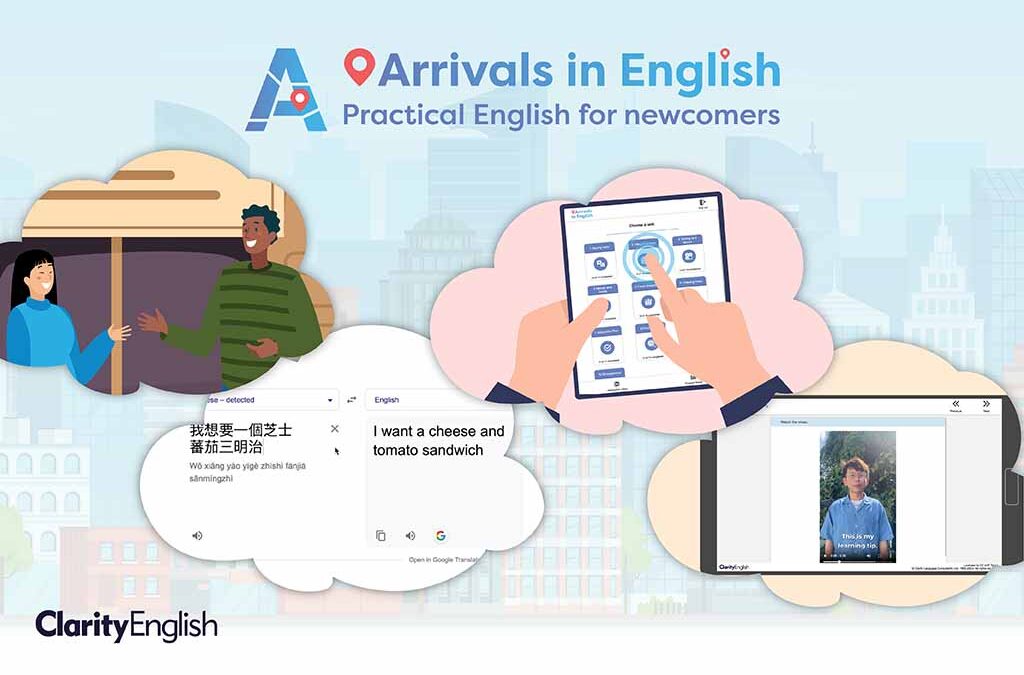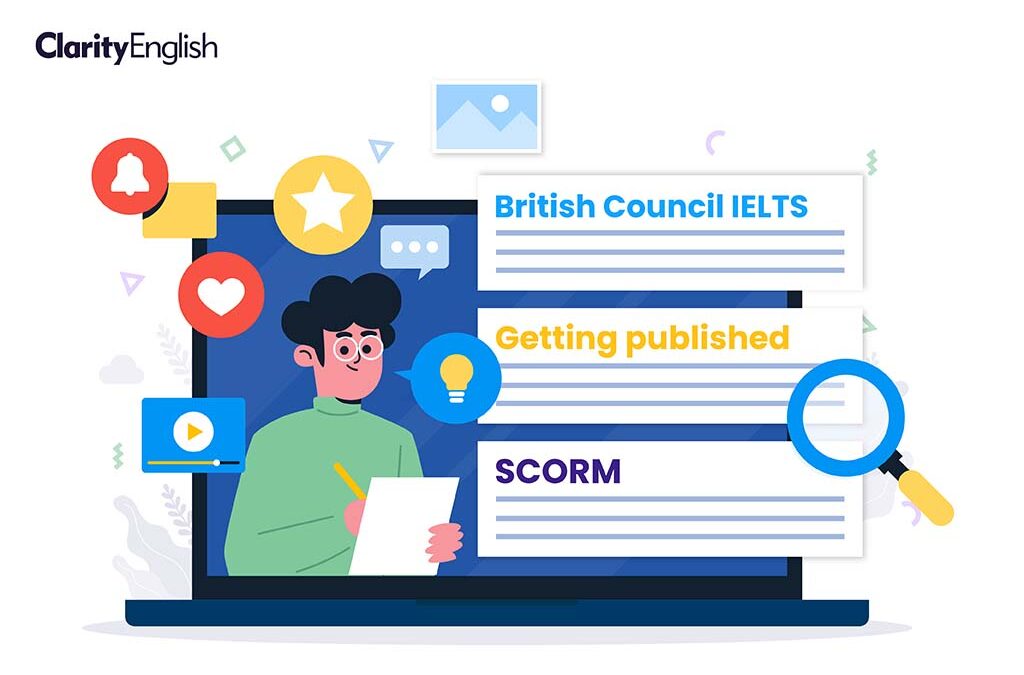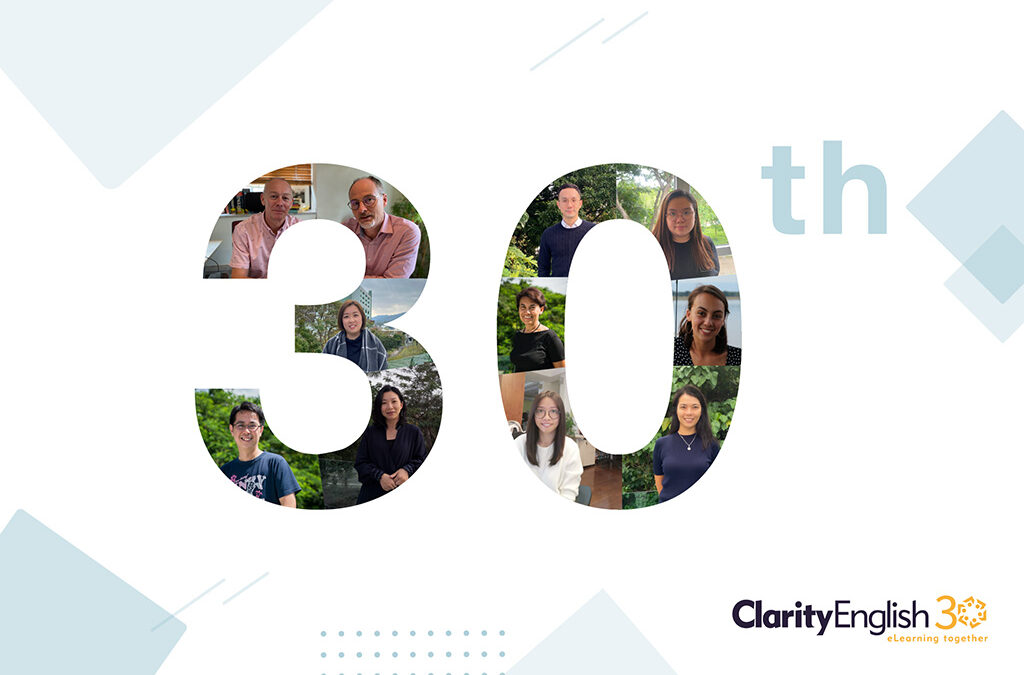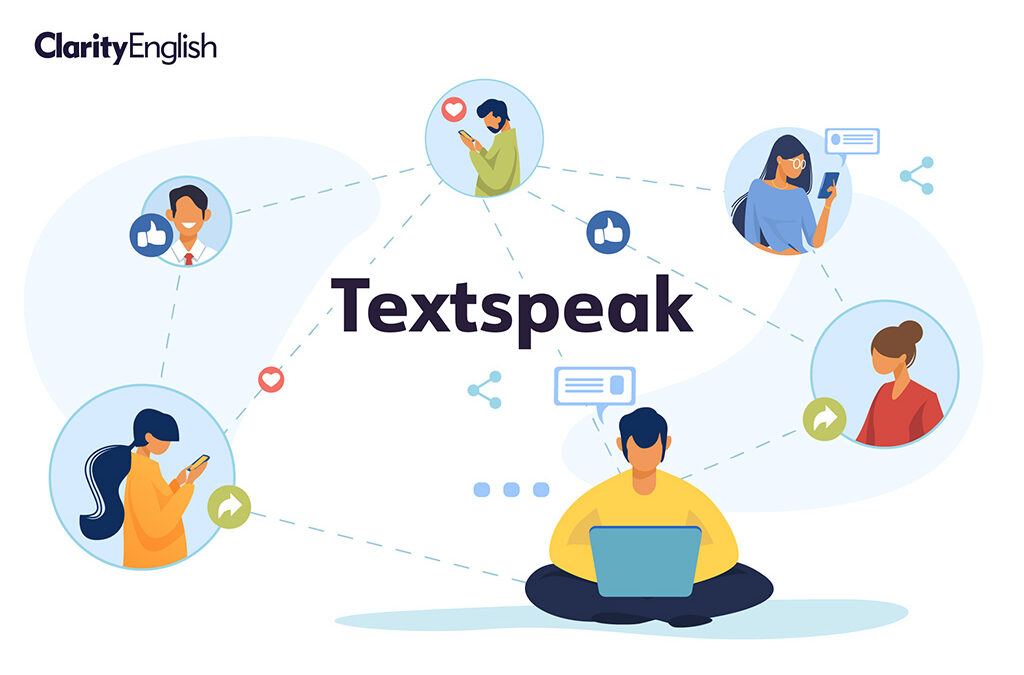Introducing features and how to best use the program.


Introducing features and how to best use the program.

Speakers of tonal languages such as Chinese, Thai or Yoruba face particular challenges with English intonation. Andrew Stokes examines why and how we can help.

Most online learning tools are free of charge and available at all times on the phone in your pocket! These are five stand out tools your learners can access for free.

The barriers to ESOL and our suggested solutions.

Too many students, groups, classes, and programs to handle? Keycode Access can reduce and streamline your admin. Here’s how.

Faced with AI, social media, and ‘intercultural communicative competence’, students must engage with critical thinking. Here’s how to do it.

Sometimes we come across a topic that we can’t fit into one post. So we created blog series. Take a look at our first four series here.

The voices we hear in day-to-day life aren’t always what they seem. In this post, we’ll identify the benefits of using computer generated voices as a resource for teachers, students and publishers – then we’ll ask whether the technology is up to the job yet.

Our 30th anniversary has allowed us to connect, reflect and plan for the future. See more from our 30 year anniversary here.

It is so easy to feel lost and isolated online. Here is why textspeak is an essential part of English language learning.